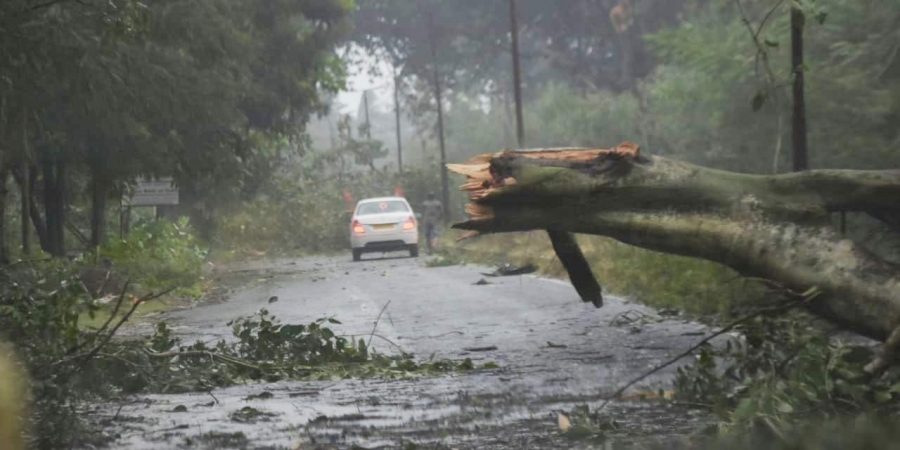Odisha is not unfamiliar with natural calamities and the resultant agrarian distress. Given that more than three quarters of people in the state look to farming or farm-related enterprises for their livelihood, Odisha’s economy has invariably been vulnerable to nature’s whims and fancies. In fact, ours is among the few states in the country that are most susceptible to natural disasters. There has hardly been a year when part or most of Odisha has not been ravaged by one natural calamity or the other. Even, there are years when both too much of rain and lack of it have simultaneously hit people in the same year. The extant year is a case in point. People in coastal and south Odisha are still struggling to come to terms with the aftereffects of severe cyclonic storm Titli, while more than one quarter of Odisha has been pushed into the lap of a drought.
The state government, in the past, has been successful in relocating people from disaster-prone areas to safer places to ward off major human casualties. We saw it in the time of Phailin, Hudu Hudu and in the run-up to Titli. However, the strategy has come a cropper in times of drought. As a relief response to droughts, the government gives away financial aid to people in affected areas. Yet, it could do precious little to mitigate the collateral damage whose impact is way far more. During drought years, thousands of agrarian people leave their home and hearth for other states to earn livelihood. These families are typically single-bread earner homes. The government’s package hardly compensates them. The state government’s move this year to declare nine districts in western Odisha drought-affected is a timely action. A total of 2,33,174 hectares of crop land in these districts such as Bargarh, Bolangir, Deogarh, Jharsuguda, Kalahandi, Nabarangpur, Nuapada, Sambalpur and Sundargarh have been declared drought-hit. Farmers in these areas have suffered crop loss of 33 per cent and more due to moisture stress. Interestingly, most of the drought-hit districts this year are among the largest paddy-producing areas in the state. In fact, the nine districts together account for nearly half the total paddy procurement in Odisha. Bargarh, Kalahandi and Bolangir are the top three districts in the state’s procurement pecking order – contributing the largest amount of rice to the Central Pool.
The bulk of migrant leabourers from Odisha are from western Odisha. Bolangir and Nuapada are the hot-bed of migrants. The state government, as a quick-step measure, has announced a drought package for these areas. It has unveiled graded compensations of `6,800 per hectare in un-irrigated areas, `13,500 in irrigated areas and `18,000 for land with all season crops. A similar situation had prevailed in 2016. The government had declared more or less similar amounts as relief measures. But that could not blunt the exodus of migrants from western Odisha. Last year, this paper had reported on how the malaise has spread to newer areas like some blocks of Sambalpur district such as Jujumara and Jamankira. We have seen how gullible farmhands and sharecroppers played into the hands of touts and middlemen who took these people out and earned big, while the migrants were left to suffer. This went on while the administration played a mute spectator. Cases of farmer suicides also keep coming during drought years. The challenge has come up again. With nearly whole of western Odisha currently in the throes of a dry spell, poor people from these regions will likely leave for other states. The touts and middlemen are already in the fields. This is a cyclical nightmare which the government must not only keep awake to but take proactive steps to preempt it.
Cyclical nightmare

File photo of Titli aftermath